18
Sep
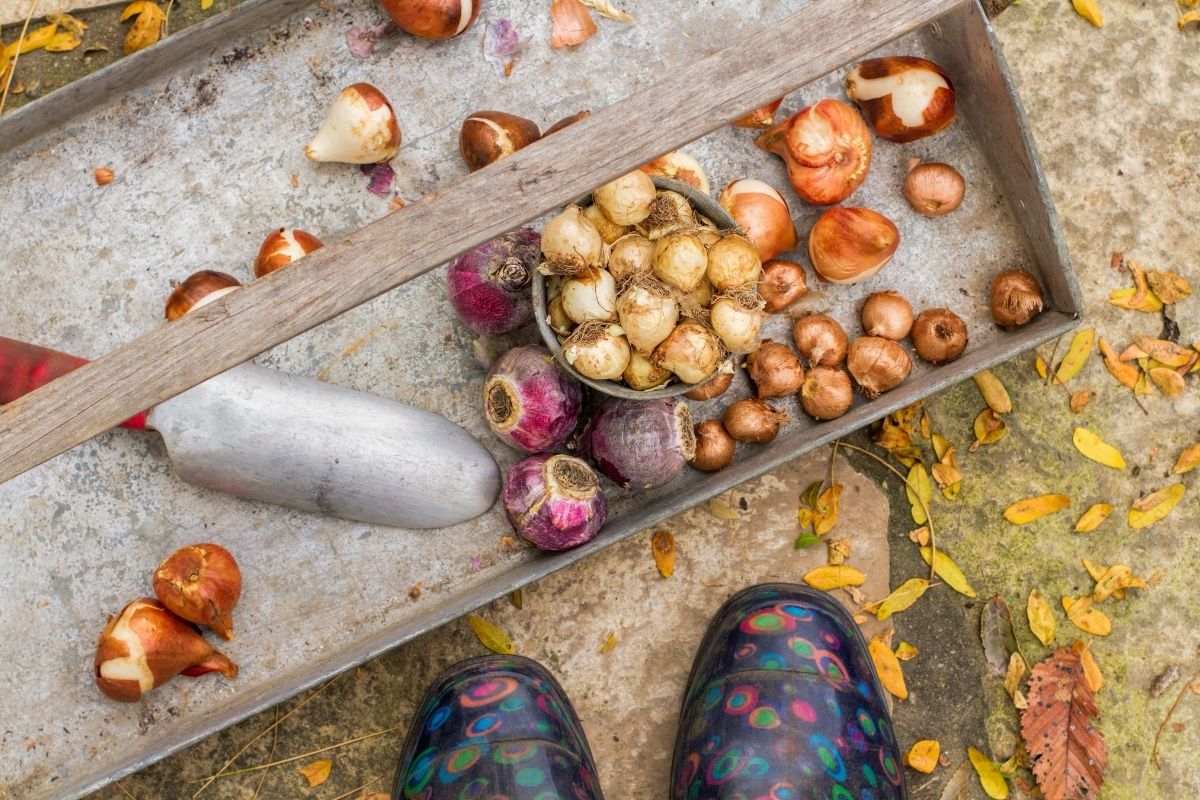
Top 10 Questions People Are Asking About Fall Bulbs
- When is the best time to plant fall bulbs?
Fall planted bulbs will bloom the following spring. Typically, people will plant fall bulbs between September and November, about 5-6 weeks before the ground freezes solid. Fall bulbs need time in autumn to get their roots established to support flowering in spring. Learn more about specific zones and planting times here. - Which bulbs should be planted in the fall for spring blooms?
Tulips
Daffodils (Narcissus)
Crocuses
Hyacinths
Snowdrops (Galanthus)
Alliums
Scilla (Siberian Squill)
Grape Hyacinths (Muscari)
Fritillaria
Anemones - Do fall bulbs come back every year? (Are they perennials?)
Tulips: most tulips do not come back year after year with the same bloom strength and vigor. But some varieties do come back every year! Keep an eye out for these tulip types including Botanical Tulips, Kaufmanniana Tulips, Greigii Tulips, Fosteriana Tulips, or Darwin Hybrid Tulips. These types are considered reliably perennial and come back year after year.
Daffodils (Narcissus): yes, daffodils are incredibly hardy and come back year after year. Over time, they naturalize and multiply, creating a bigger spring show.
Crocuses: an awesome perennial favourite. Crocus are among the first to bloom in spring and come back reliably each year.
Hyacinths: fragrant blooms that return each spring, Hyacinths are a great example of a fall bulb that will last for many years to come.
Snowdrops (Galanthus): yes, snowdrops live for many years once planted in a desirable location. Established snow drops plants will multiple and spread to create large drifts.
Alliums: these globular wonders, once established in a sunny location, will happily bloom again year after year.
Grape Hyacinths (Muscari): an amazing perennial favourite. Muscari bloom in spring and come back reliably each year.
Fritillaria: these delightful garden additions are perennial and regrow to full beauty each spring. Under ideal conditions, these bulbs can multiply and naturalize over time.
Anemones: while anemones can be considered perennials under the right winter conditions, they are treated as summer blooming annuals in colder areas (zones 2-5). - Should I refrigerate bulbs before planting?
No need to refrigerate. If you live in hardiness zones 3-8 (most of Canada), the natural winter chill provides enough of a cold period for bulbs to develop properly and bloom the following spring. - Can I plant bulbs after the first frost? (Am I too late?)
Yes, you certainly can! Planting fall bulbs after the first frost is usually ok, and often ideal for a few reasons. The soil is cool but still workable, and your bulbs will not sprout prematurely due to warm weather. Fear not when frost arrives! Just make sure to get your bulbs in the ground promptly after the first frost has occurred. - How deep do I plant fall bulbs?
A general rule of thumb is to plant bulbs at a depth of 2 to 3 times the height of the bulb. Bulbs are not too fussy and growth usually finds a way! - How do I keep squirrels and animals from digging up my bulbs?
A few options to consider if deer, squirrels and rabbits are an issue where you live:
-Plant bulbs that naturally deter animals. Bulbs like daffodils, alliums, fritillaria, hyacinths and snowdrops are naturally unappetizing to unwelcome guests. You can even mix some of these bulbs with more vulnerable bulbs (like tulips) to deter digging.
-After planting, lay a piece of chicken wire flat over the area and secure it with rocks to prevent squirrels from digging (but allow the bulbs to grow through the gaps).
-Use an eco-friendly animal repellent like Bobbex – can be found at most local garden centers throughout Canada. - Can I plant fall bulbs in containers or pots?
Absolutely – you can plant fall bulbs in containers and it’s a great option for anyone with limited space or a balcony or patio. Choose a container that is at least 8-12 inches deep with drainage holes. Almost any pot material is fine to use including terra cotta, plastic, wood or ceramic. Make sure to use a well-draining potting mix as well. Bulbs do not like to sit in waterlogged soil. Once planted and watered, find a sheltered spot outside (against a wall or tree). Water sparingly during winter, and in spring move the pots to a sunny spot jump start growth. - Do bulbs need fertilizer when planted in the fall?
While it’s not strictly necessary, you can fertilize bulbs at the time of planting to support long term bulb health. If you’re planning for a one season display, skip the fertilizer. But if you’re hoping to keep your bulbs for years to come, add a small amount of fertilizer (such as bone meal, compost, or bulb specific fertilizer) to promote healthier roots and better blooms in future years. - What happens if I plant fall bulbs in the spring?
If planted in the spring, bulbs very likely will not bloom that same season. It’s possible that these bulbs will produce leaves and no flowers or do nothing at all. Another option before planting them in the ground would be to recreate the chill period by placing your bulbs in the fridge for 12-14 weeks and then planting them outdoors in late spring.
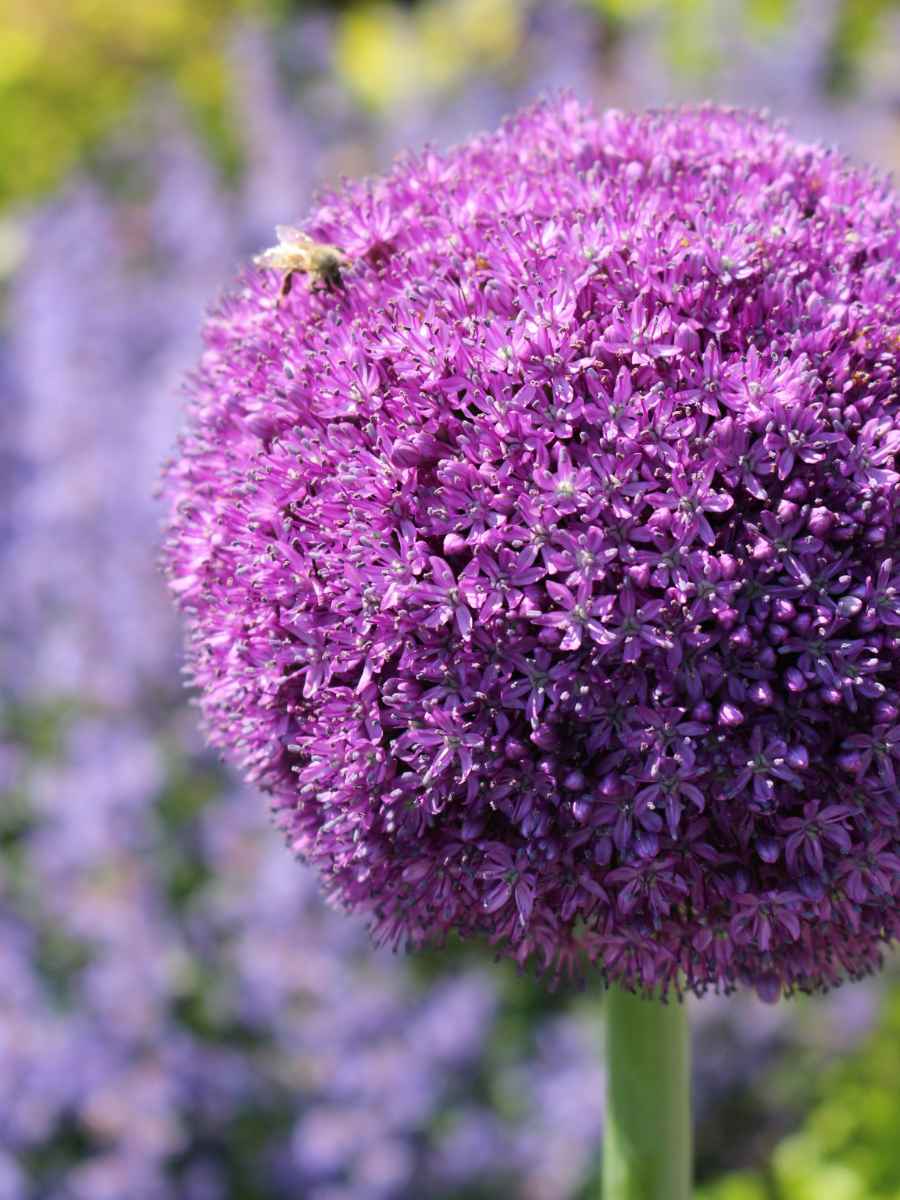
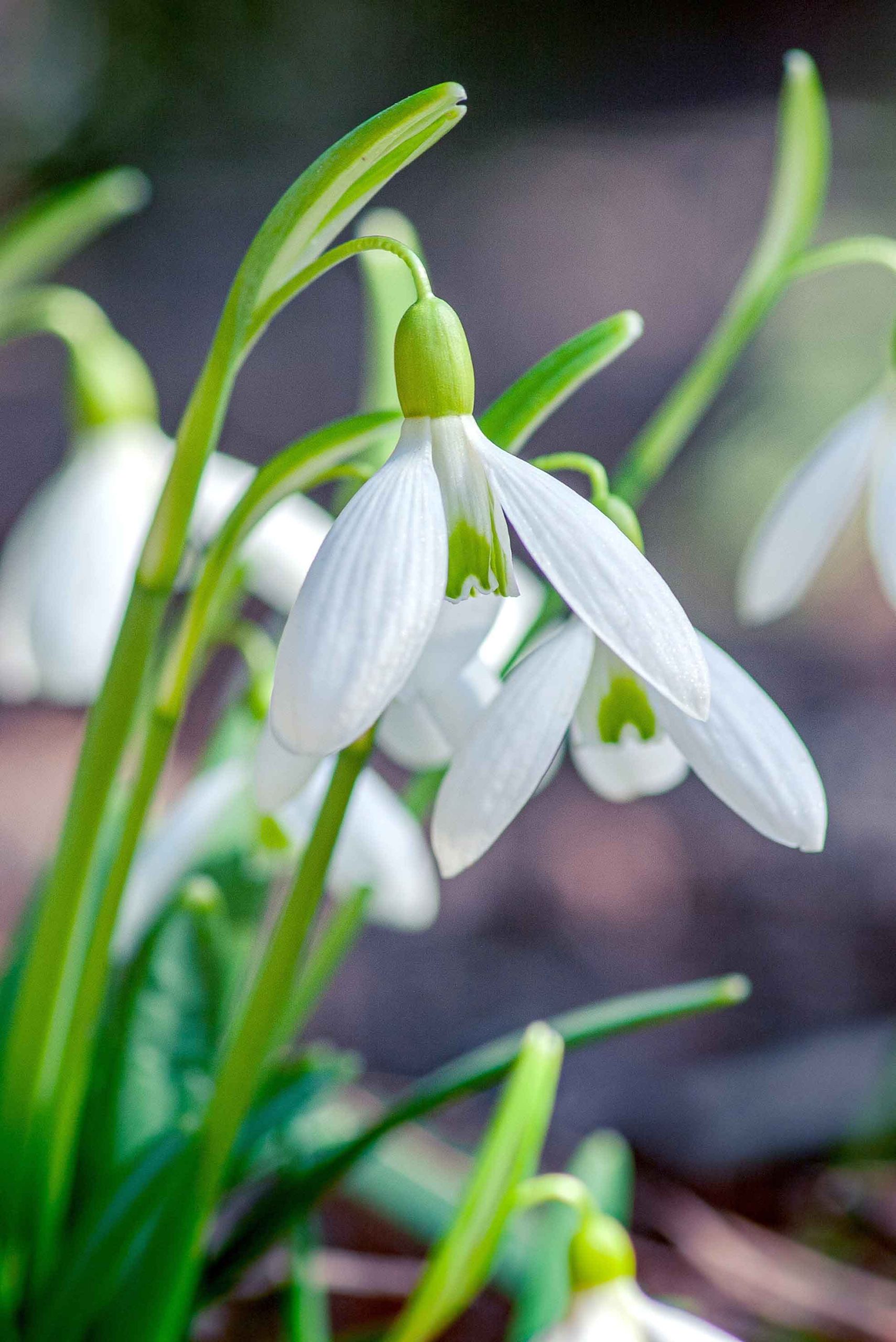
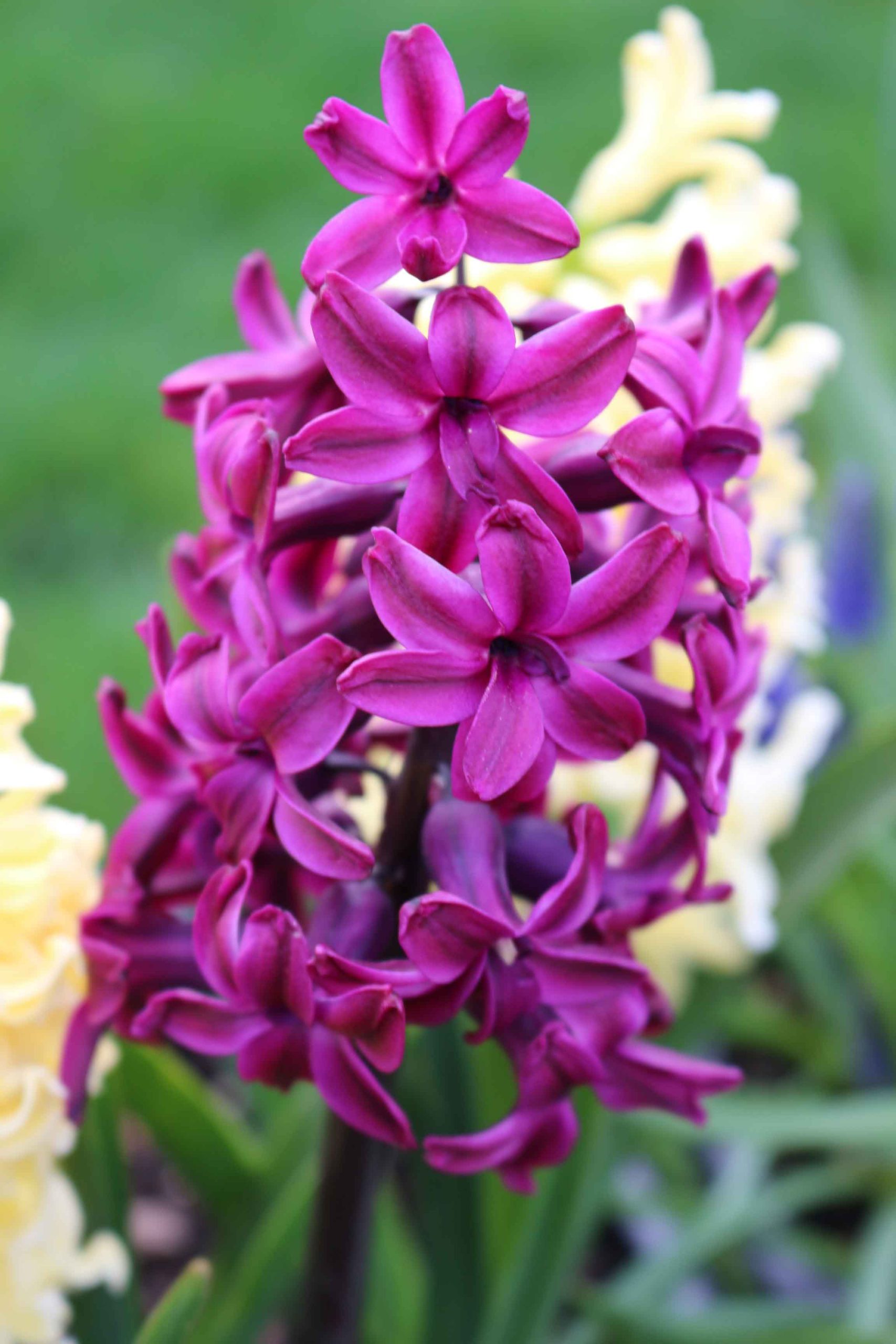
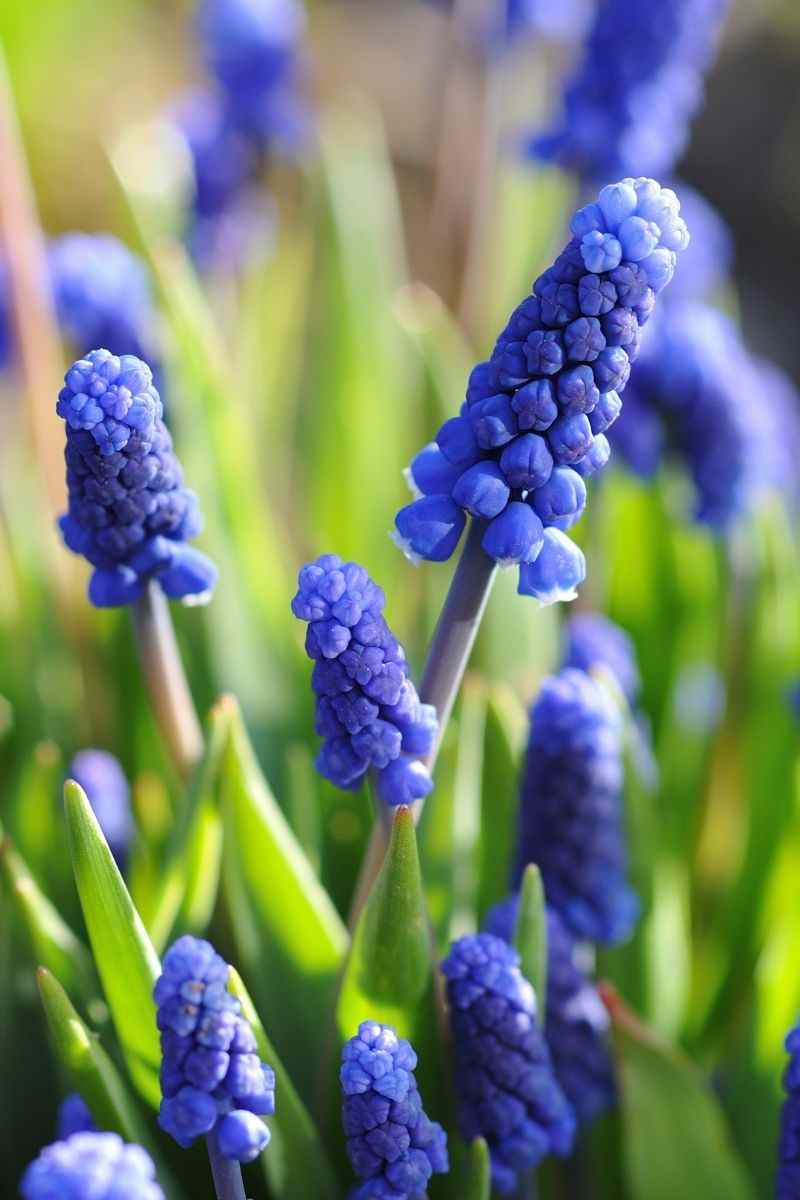
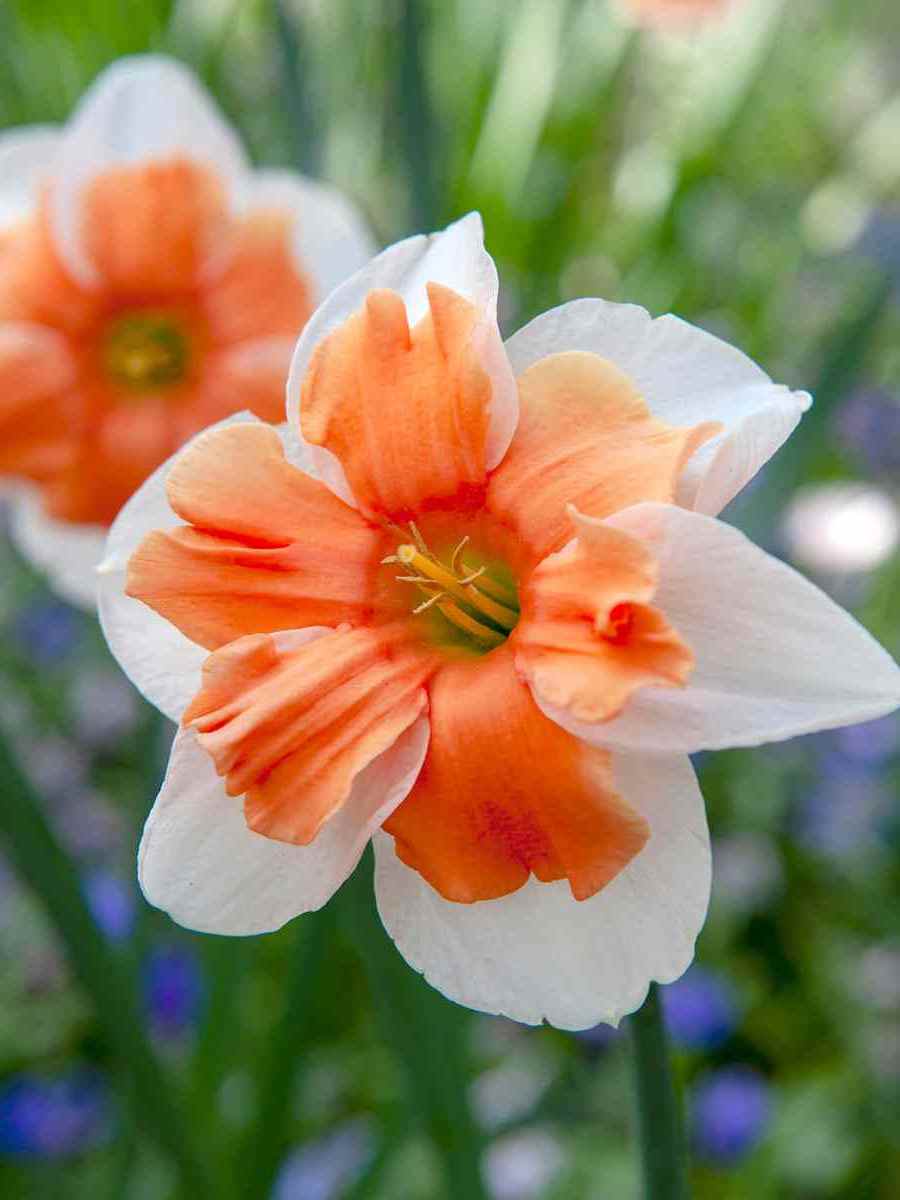
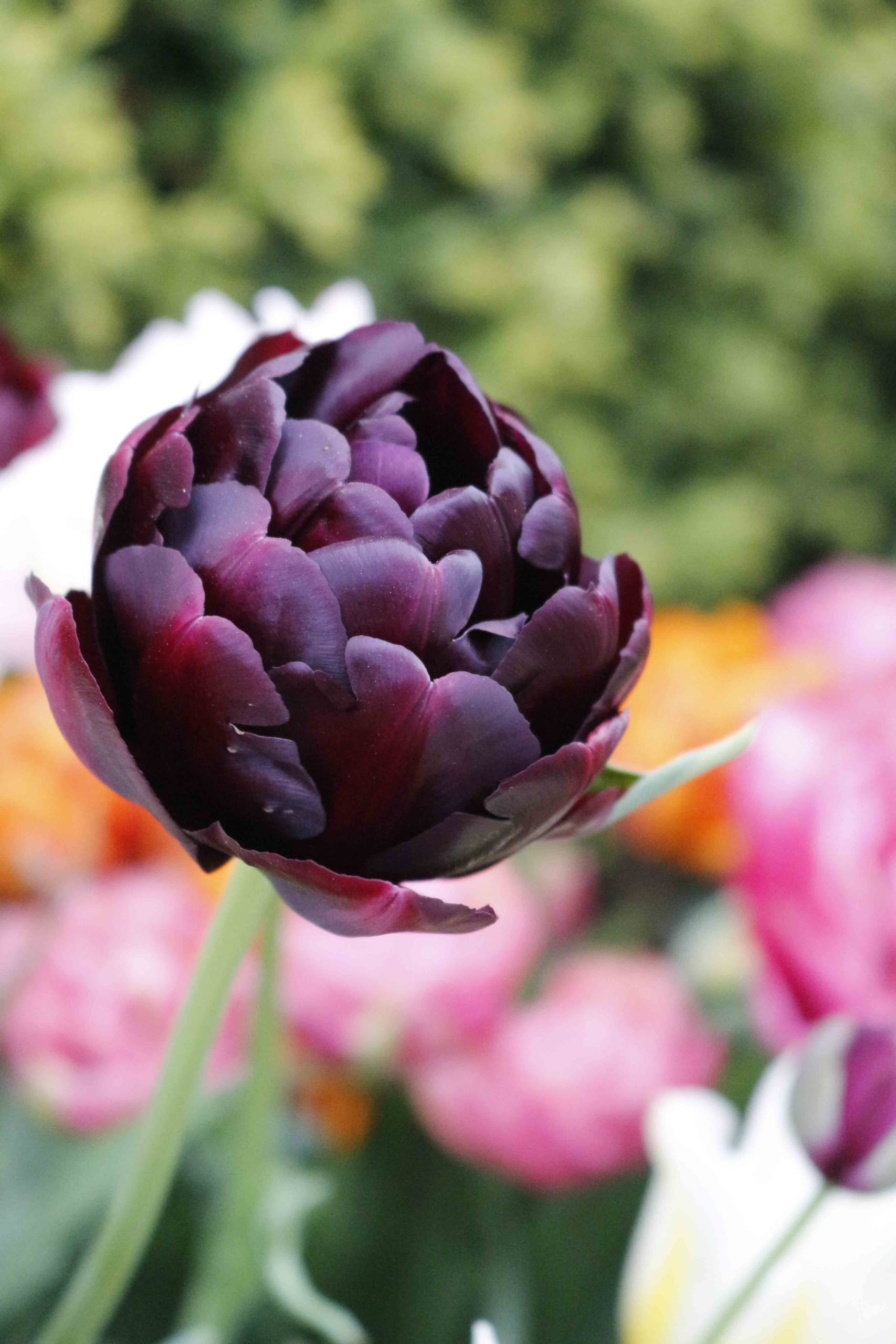
0 Comments


